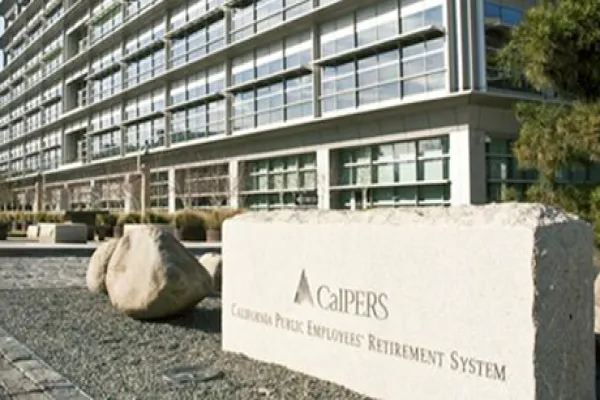Data show that hedge funds, private equity, and other alternatives didn’t protect investors during the last global financial crisis and are unlikely to do so in the current market slide, but investors won’t let go of their almost religious belief in the diversification benefits of alternatives.
Richard Ennis, retired chairman of consultant EnnisKnupp, argued in an upcoming article for the Journal of Portfolio Management that an analysis of the composite returns of public pension funds and endowment portfolios shows how alternatives have failed to protect investors.
For the 10 years from June 30, 2009 and June 30, 2018, public pension funds, which had an average 28 percent allocation to alternatives, returned an annualized 6.38 percent. Endowments, which on average allocated 58 percent — twice as much as pensions — generated slightly lower returns of 5.94 percent annualized. Looking at the returns for each fiscal year, public pensions and endowments perform pretty much in lockstep. In 2011, for example, pensions gained 21.3 percent to endowments’ 20.1 percent. Even more telling, from June 30, 2008 to June 30, 2009, pensions lost 19.9 percent, while endowments dropped 20.5 percent.
“Look at 2009, the endowments had bigger losses than pensions. That is an anecdotal way of illustrating that when these investors needed protection the most, they didn’t get it,” said Ennis in a telephone interview from Fort Myers, Florida. “Pensions never had alternatives allocations as high as endowments did, but the two are in synch for the most part through those 10 years. With this bear market precedent, I see no reason that the alternatives-heavy investors would get shelter or protection in this [current] period.”
The public fund composite is an equal-weighted average of the net returns of 46 large U.S. plans. The endowment composite captures the equal-weighted net returns of 100 institutions with more than $1 billion in assets.
Using returns-based analysis, Ennis determined that diversifying beyond stocks and bonds into alternatives was a powerful tool between July 1999 and June 2008. “The R2 [measuring how closely each change in the price of an asset is correlated to a benchmark] rose from 0.75 to 0.97, and tracking error decreased from nearly 6 percent to 2 percent with the inclusion of alternative investments,” according to the paper. But alternatives failed to do the same in the next 10 years.
Ennis wrote in the JPM article that, “For a decade, stock and bond indexes have captured the return-variability characteristics of alternative investments in composites of institutional funds, for all intents and purposes. Alternative investments did not have a meaningful effect. The finding that the correlation between funds with significant alts exposure and marketable securities benchmarks is near perfect runs counter to the popular notion that the return properties of alts differ materially from those of stocks and bonds.”
“This isn’t a new story. I was surprised when I first got the results. I didn’t think they could be right, that these Yale model portfolios could be mimicking stocks and bond indexes in lockstep,” he said.
[II Deep Dive: David Swensen Is Great for Yale. Is He Horrible for Investing?]
Ennis said he talked to William Sharpe, who he credits in the paper, about the enduring myth of alternatives. “We had a conversation and we agreed that this idea that these alternatives have this beneficial effect has become an article of faith, partly because of Yale in particular. I have nothing but admiration for Dr. Swensen. He was the first to figure this out in the mid- to late-’80s, and he acted on it. The results were stunning from about the mid-’90s to the mid-2000s, just before the financial crisis. It created a very lasting impression,” he said.
When asked why alternatives have lost their power, Ennis said it’s directly related to how much money has flowed into the category.
“What’s not fully appreciated is just how small these alts markets are in the context of the overall capital markets. They’re small now, and 20 years ago, they were miniscule. With so much money being placed in alternative assets they ceased to be able to march to the beat of their own drummer,” he said.







